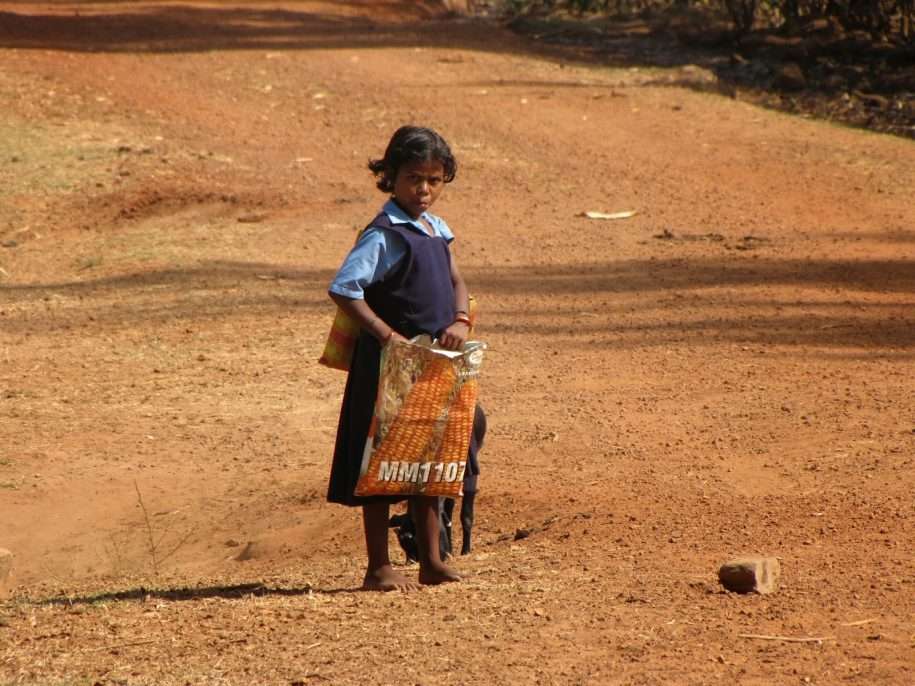Good news is that almost all younger children aged 6-10 years (87%) were enrolled in school, and we did not find any significant gender difference in enrollment in this age group. Bad news is that as children grow, particularly girls, they drop out early from school. For example, only 83% of children between the ages 11-14 years, and 61% of children between 15-18 years were enrolled in school. Only 10% of the youth aged between 19-22 years had completed high school, and 4% had graduated. Also, only 13% of the youth aged between 19-22 years were students at the time of survey.
|
Male
|
Female
|
|
|
Age-wise ability of read and write
|
||
|
<25 years
|
64%
|
53%
|
|
25-50 years
|
50%
|
19%
|
|
>50 years
|
30%
|
5%
|
|
Age-wise enrollment in schools |
||
|
6-10 years
|
89%
|
86%
|
|
11-14 years
|
87%
|
78%
|
|
15-18 years
|
66%
|
56%
|
Working Paper: Socio-Economic and Gender Analysis of Tribal Populations in India





